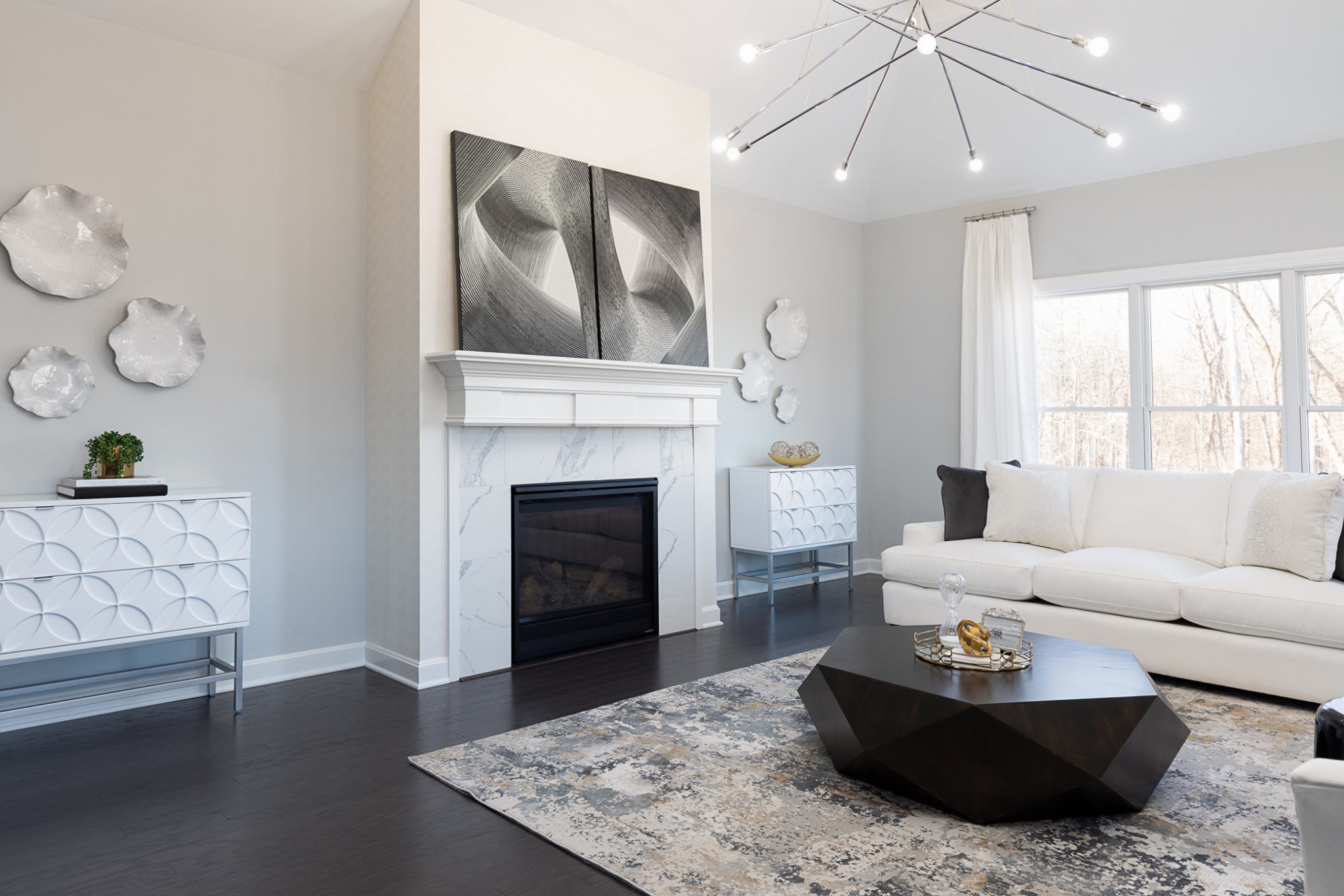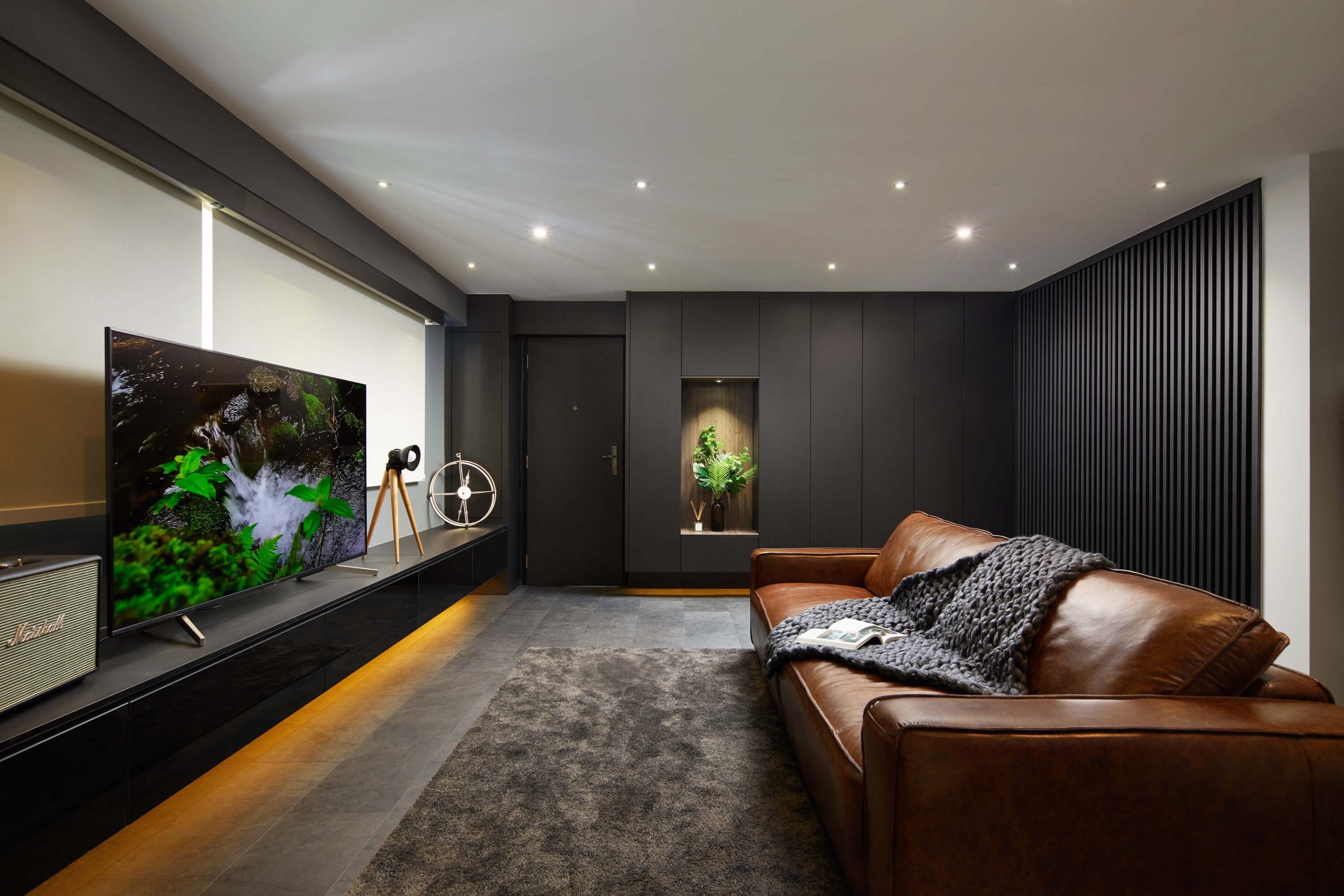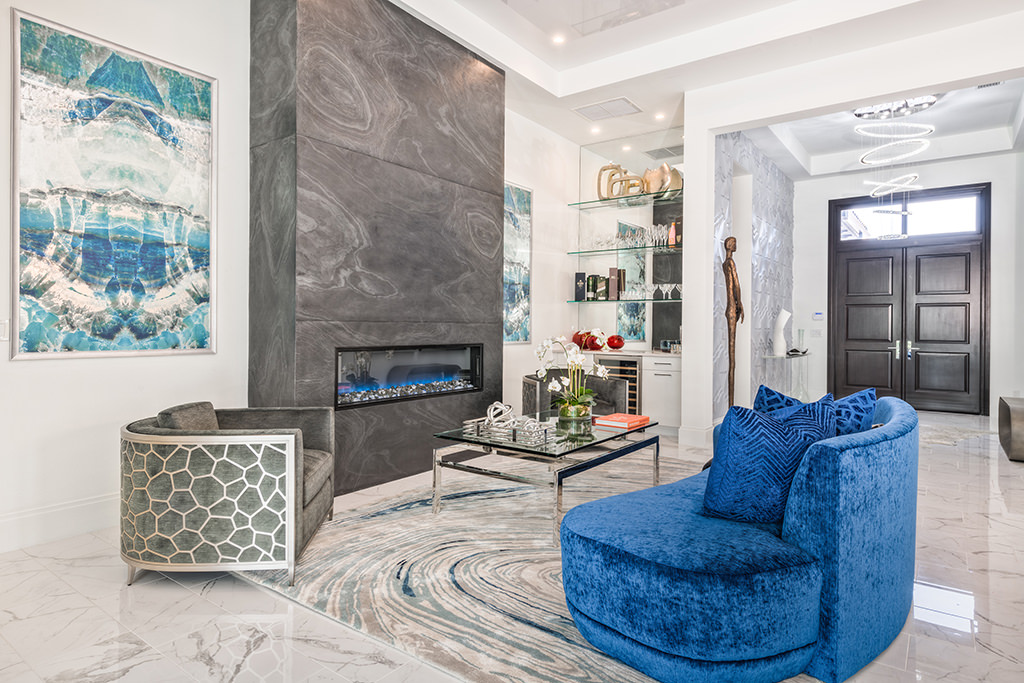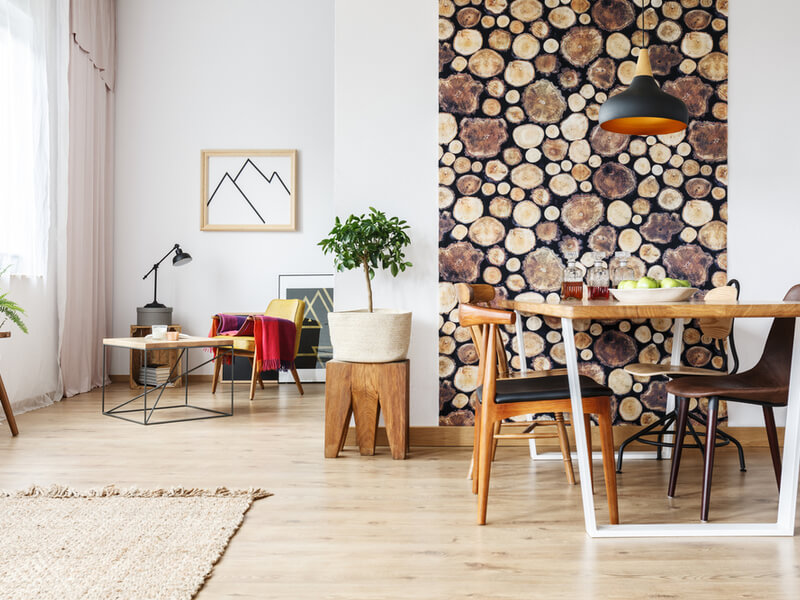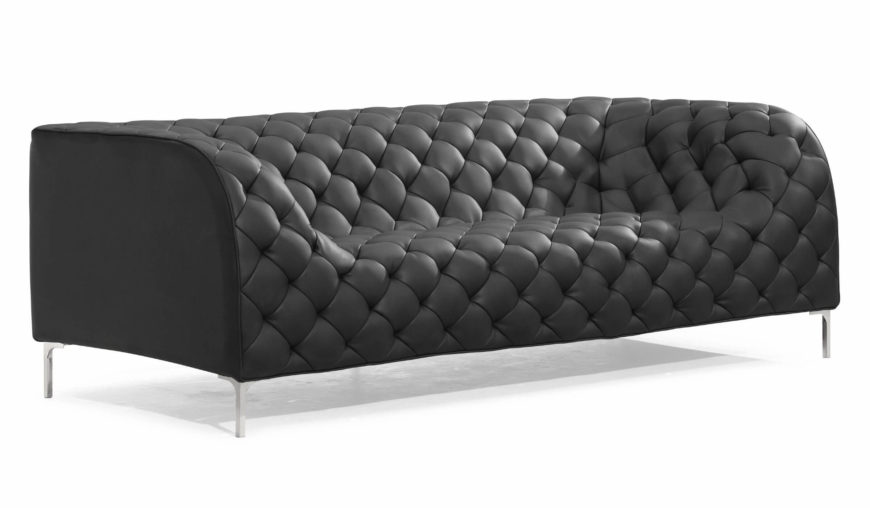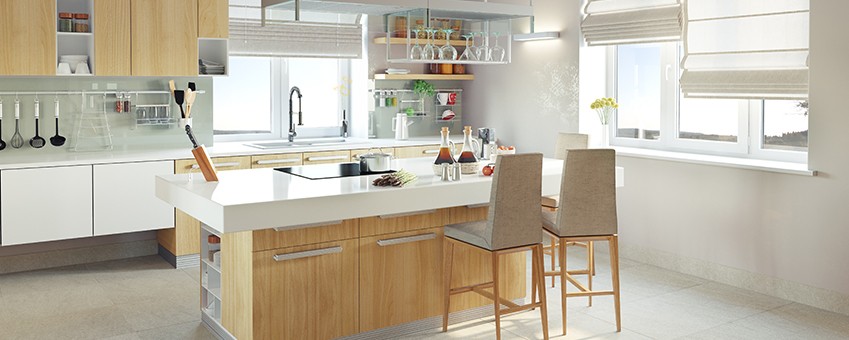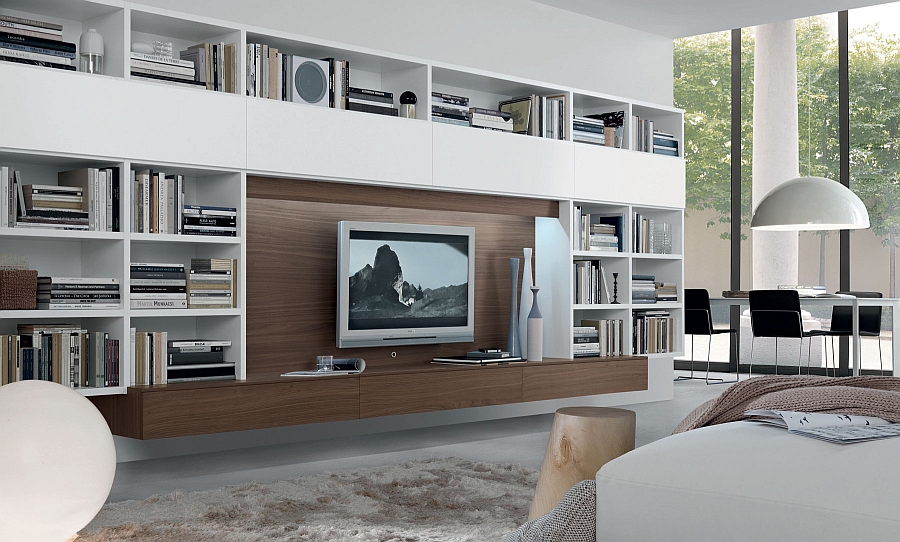Wall unit placement in living room
Fitting a wall unit into your living room can instantly elevate the style and functionality of the space. But before you begin, it's important to consider the placement of the wall unit to ensure it enhances the overall design and flow of the room.
First, take a good look at the layout of your living room. Identify any available wall space that can accommodate a wall unit without disrupting traffic flow or impeding access to other furniture pieces. Keep in mind that a wall unit should not be placed too close to the seating area, as it can make the room feel cramped and cluttered.
Think about the purpose of the wall unit as well. Are you using it for storage, display, or both? This will help you determine the best location for it in your living room. For example, if you plan on using the wall unit to showcase your collection of books or artwork, consider placing it in a prominent area where it can serve as a focal point.
How to fit a wall unit in a small living room
Don't let the size of your living room limit your options for incorporating a wall unit. With some smart planning and creativity, you can still find a way to fit a wall unit into a small space.
One option is to choose a modular wall unit that can be customized to fit the dimensions of your living room. This allows you to add or remove sections as needed, making it easier to adapt to a smaller space.
You can also opt for a wall unit with a sleek and streamlined design to avoid taking up too much visual space. Look for wall units with open shelves and light colors to make the room feel more spacious. Consider mounting the wall unit on the wall to free up floor space and create the illusion of a larger living room.
Maximizing space with a wall unit in the living room
Wall units are not just for decoration; they also offer valuable storage space for your living room. When choosing a wall unit, consider one with a mix of open shelves and closed storage to keep your space organized and clutter-free.
Utilize the vertical space of your living room by opting for a wall unit that extends from floor to ceiling. This will not only provide ample storage but also draw the eye upwards, making the room feel larger. You can also add storage baskets or bins to the open shelves to keep items hidden while still maintaining a clean and stylish look.
DIY wall unit installation in a living room
Installing a wall unit in your living room may seem like a daunting task, but with the right tools and a little patience, it can be a fun and rewarding DIY project.
Before you begin, make sure to measure the wall and mark the desired placement of the wall unit. Gather all the necessary tools and materials, including a drill, screws, and a level. It's also helpful to have a second pair of hands to assist you with the installation.
Follow the manufacturer's instructions carefully and take your time to ensure the wall unit is securely attached to the wall. Once it's installed, you can personalize it with your own style and decorative touches.
Choosing the right size wall unit for your living room
The size of your wall unit should be proportional to the size of your living room. A wall unit that is too large can overwhelm the space, while one that is too small will look out of place.
Start by measuring the available wall space and taking into account any other furniture pieces in the room. Consider the height of the ceiling as well; a taller wall unit can make the room feel more spacious and grand.
When in doubt, opt for a smaller wall unit and add decorative elements, such as wall art or plants, around it to fill the space. This will create a balanced and visually appealing look in your living room.
Tips for arranging furniture around a wall unit in the living room
Arranging furniture around a wall unit can be a bit tricky, but with the right approach, you can create a cohesive and functional layout.
Start by placing the larger furniture pieces, such as the sofa and armchairs, first. Then, add the wall unit to the room and arrange the remaining furniture pieces around it.
Keep in mind the flow of the room and leave enough space for people to move around comfortably. Consider positioning the wall unit near a window or natural light source to make the room feel brighter and more inviting.
Incorporating a wall unit into your living room design
When it comes to incorporating a wall unit into your living room design, the possibilities are endless. Whether your style is modern, traditional, or eclectic, there's a wall unit that can fit seamlessly into your space.
If you have a minimalist living room, choose a wall unit with clean lines and a simple color palette to complement the overall aesthetic. For a more traditional space, opt for a wall unit with elegant details and warm wood tones.
You can also add decorative elements, such as art pieces, plants, or decorative boxes, to personalize the wall unit and make it a reflection of your style.
Creating a focal point with a wall unit in the living room
A wall unit can serve as a focal point in your living room, adding visual interest and personality to the space. To make it stand out, choose a wall unit with a unique design or one that contrasts with the rest of the room.
You can also use lighting to highlight the wall unit and draw attention to it. Consider installing small LED lights on the shelves or adding a statement light fixture above the wall unit to create a dramatic effect.
Customizing a wall unit to fit your living room's style
While there are plenty of wall unit options available in furniture stores, you can also customize one to fit your living room's style and needs.
If you're handy with tools, you can build a wall unit from scratch using wood and other materials. This allows you to create a one-of-a-kind piece that perfectly fits your space.
You can also give an existing wall unit a makeover by painting it, adding new hardware, or changing the shelves to suit your style. This will not only save you money but also add a personal touch to your living room.
Maximizing storage with a wall unit in the living room
One of the main benefits of a wall unit is its storage capabilities. To make the most out of it, consider incorporating clever storage solutions into the design.
Add drawers or cabinets to store items that you don't want on display, such as DVDs, board games, or electronics. You can also add hooks or a pegboard to the back of the wall unit to hang items and free up shelf space.
Think about your specific storage needs and customize the wall unit accordingly to maximize its functionality in your living room.
Fitting A Wall Unit Into A Living Room: A Practical Guide
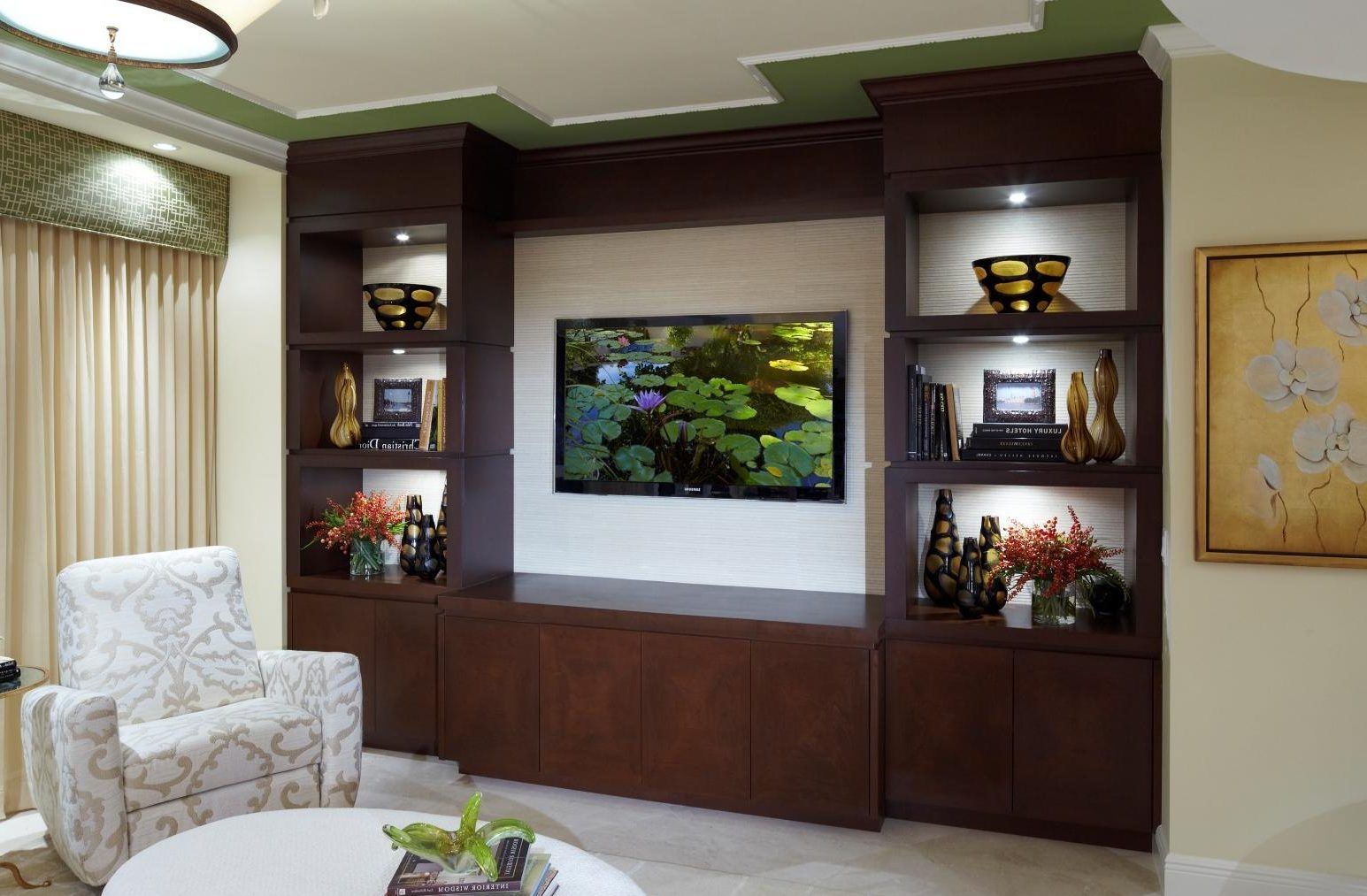
The Importance of a Wall Unit in a Living Room
 When it comes to designing a living room, a
wall unit
is an essential piece of furniture that can transform the space. It not only serves as a functional storage solution, but it also adds to the overall aesthetic of the room. A
wall unit
can provide a focal point for the room, creating a sense of balance and organization.
When it comes to designing a living room, a
wall unit
is an essential piece of furniture that can transform the space. It not only serves as a functional storage solution, but it also adds to the overall aesthetic of the room. A
wall unit
can provide a focal point for the room, creating a sense of balance and organization.
Choosing the Right Wall Unit
 Before fitting a
wall unit
into your living room, it's important to consider the size and style of the unit. Measure the space where you want to place the unit and choose one that fits comfortably without overwhelming the room.
Modern wall units
come in a variety of designs and materials, so consider the overall theme and color scheme of your living room before making a decision.
Before fitting a
wall unit
into your living room, it's important to consider the size and style of the unit. Measure the space where you want to place the unit and choose one that fits comfortably without overwhelming the room.
Modern wall units
come in a variety of designs and materials, so consider the overall theme and color scheme of your living room before making a decision.
Proper Placement and Installation
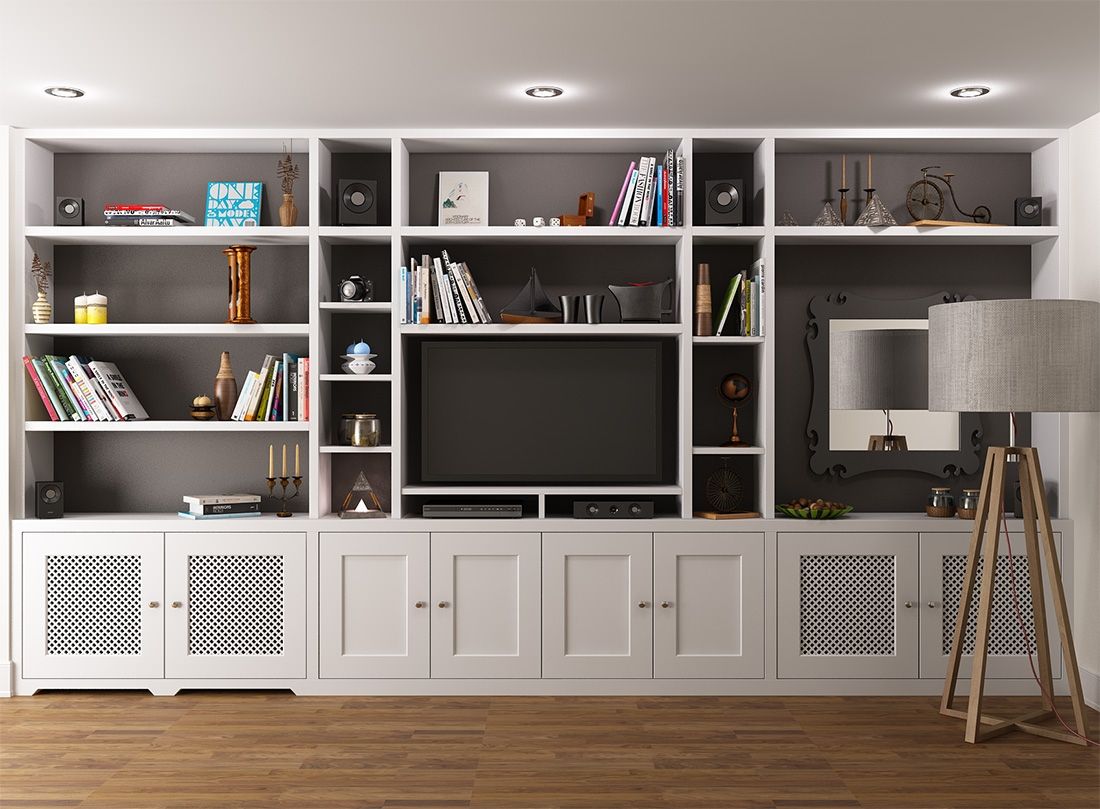 Once you have chosen the perfect
wall unit
for your living room, it's time to install it. Before you start, make sure to clear out the space and protect your floors and walls. It's also important to follow the manufacturer's instructions carefully to ensure proper installation. If you're not confident in your DIY skills, consider hiring a professional to ensure the unit is securely attached to the wall.
Once you have chosen the perfect
wall unit
for your living room, it's time to install it. Before you start, make sure to clear out the space and protect your floors and walls. It's also important to follow the manufacturer's instructions carefully to ensure proper installation. If you're not confident in your DIY skills, consider hiring a professional to ensure the unit is securely attached to the wall.
Maximizing Functionality
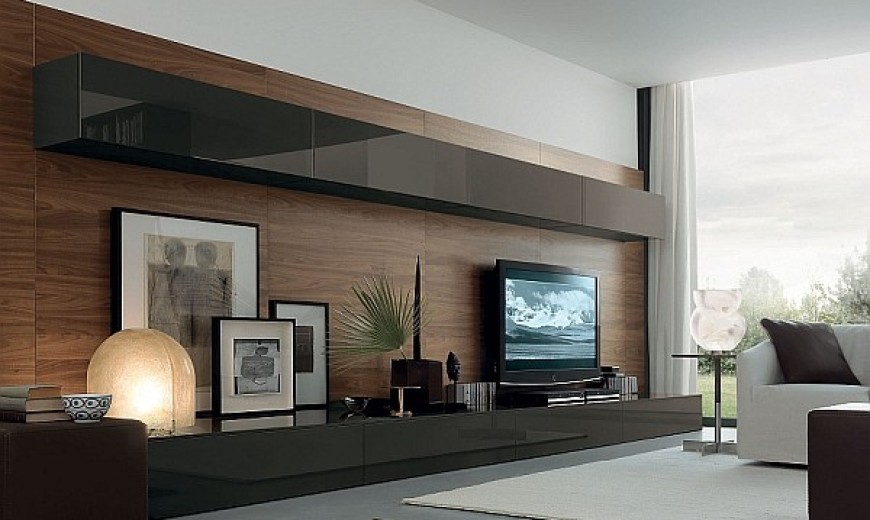 A
wall unit
not only adds style to your living room, but it also provides ample storage space for your belongings. Take advantage of the different compartments, shelves, and drawers to keep your living room clutter-free. You can also use the top of the unit to display decorative items or use it as a TV stand. With the right organization, your
wall unit
can become a versatile and functional piece of furniture in your living room.
A
wall unit
not only adds style to your living room, but it also provides ample storage space for your belongings. Take advantage of the different compartments, shelves, and drawers to keep your living room clutter-free. You can also use the top of the unit to display decorative items or use it as a TV stand. With the right organization, your
wall unit
can become a versatile and functional piece of furniture in your living room.
Final Thoughts
 In conclusion, fitting a
wall unit
into your living room can greatly enhance the functionality and aesthetic of the space. With the right unit, proper installation, and smart organization, you can create a stylish and organized living room that meets all your needs. Keep these tips in mind and get ready to transform your living room with a beautiful
wall unit
.
In conclusion, fitting a
wall unit
into your living room can greatly enhance the functionality and aesthetic of the space. With the right unit, proper installation, and smart organization, you can create a stylish and organized living room that meets all your needs. Keep these tips in mind and get ready to transform your living room with a beautiful
wall unit
.





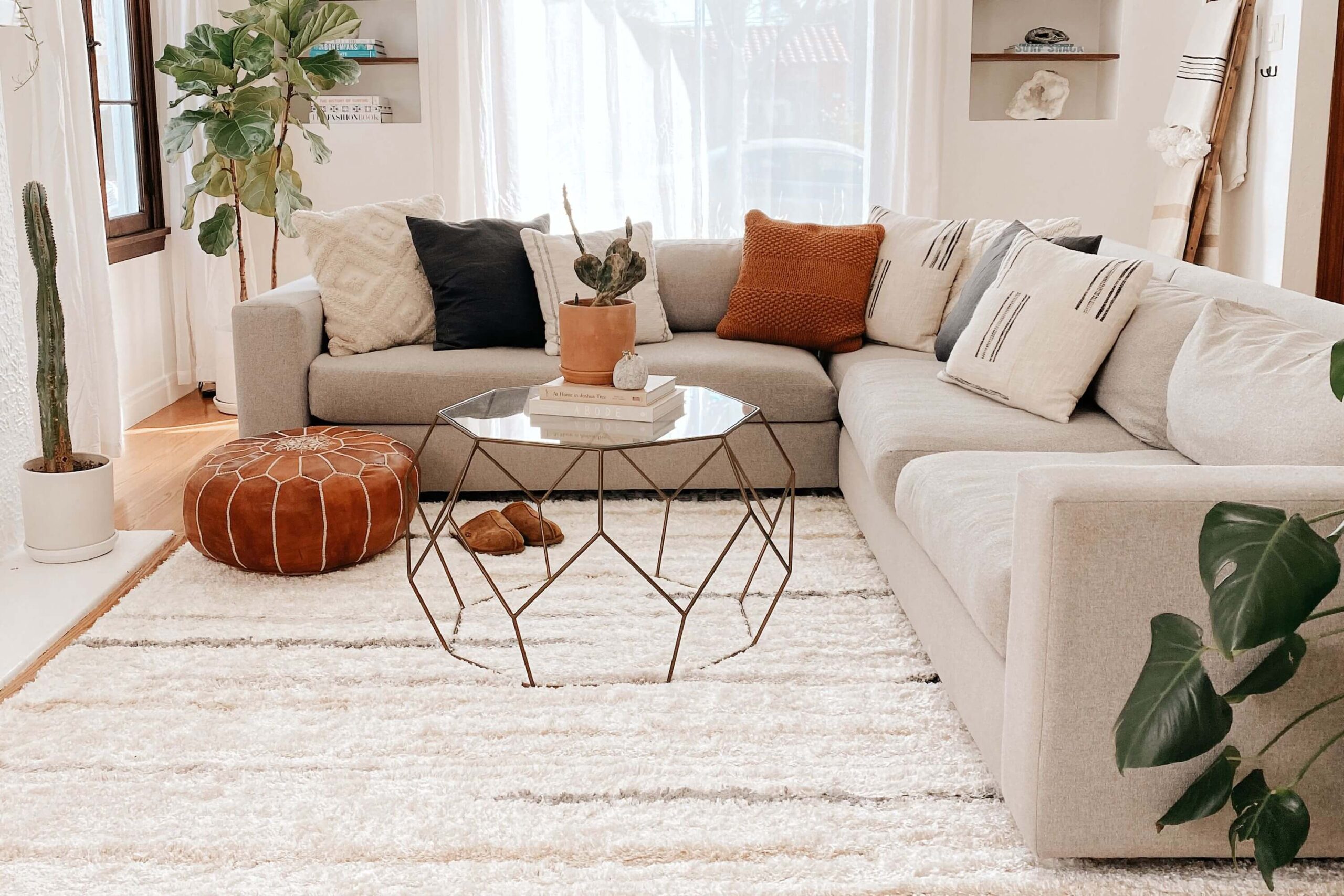


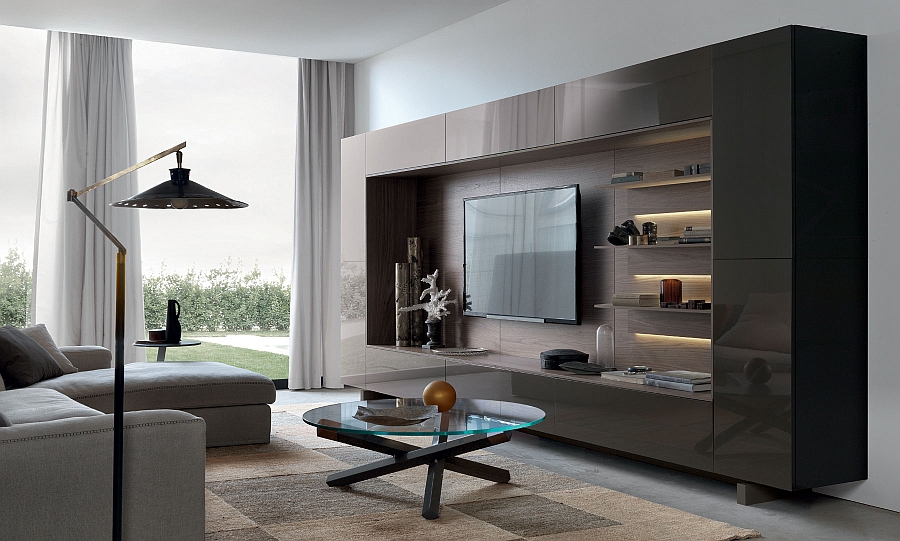





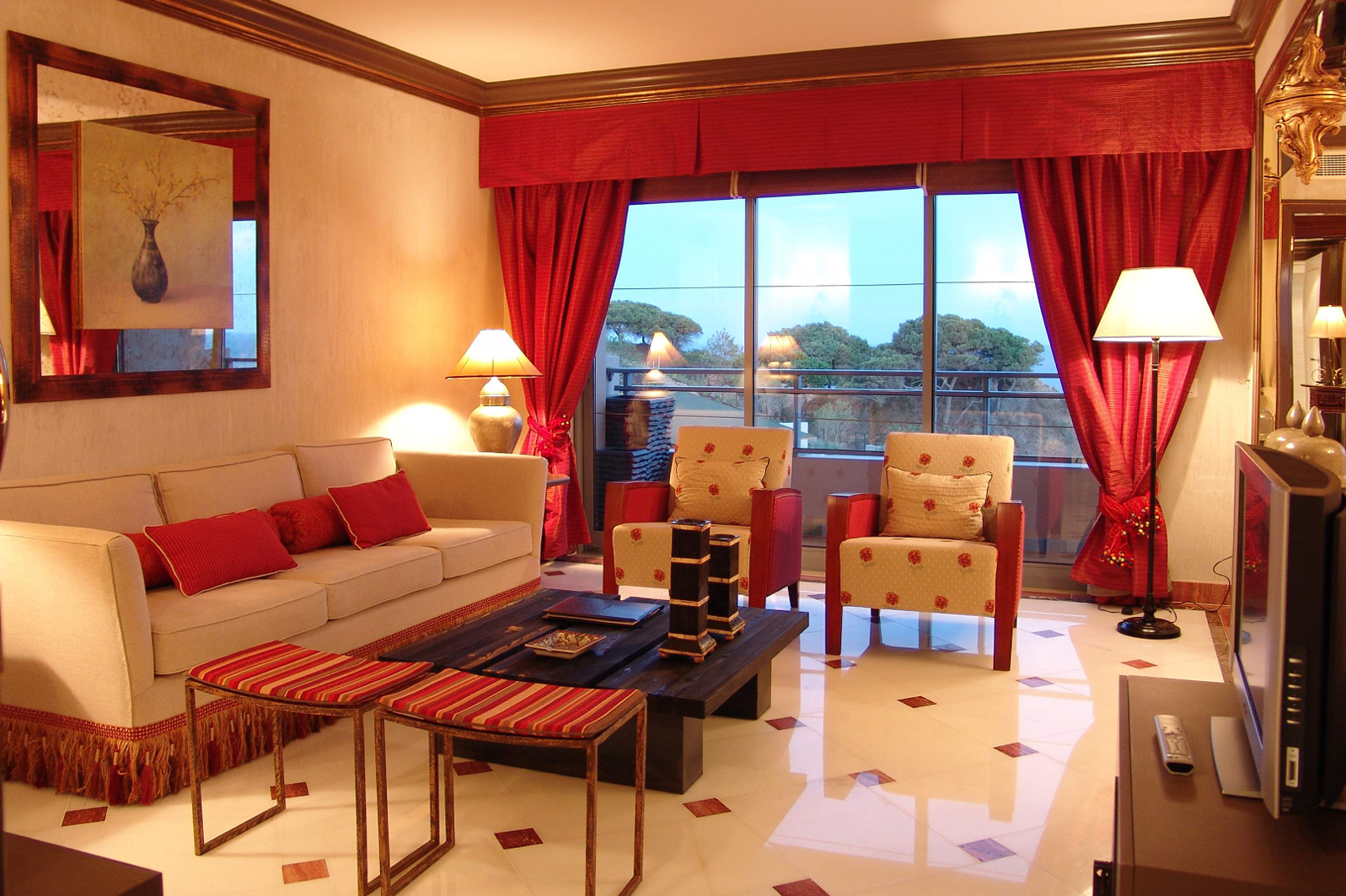



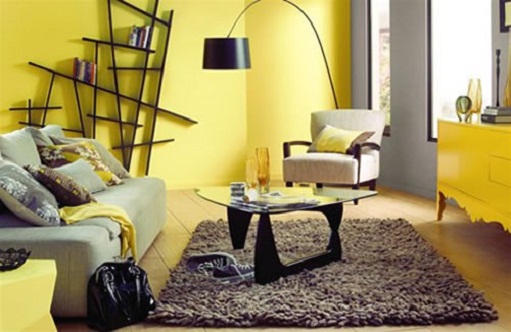

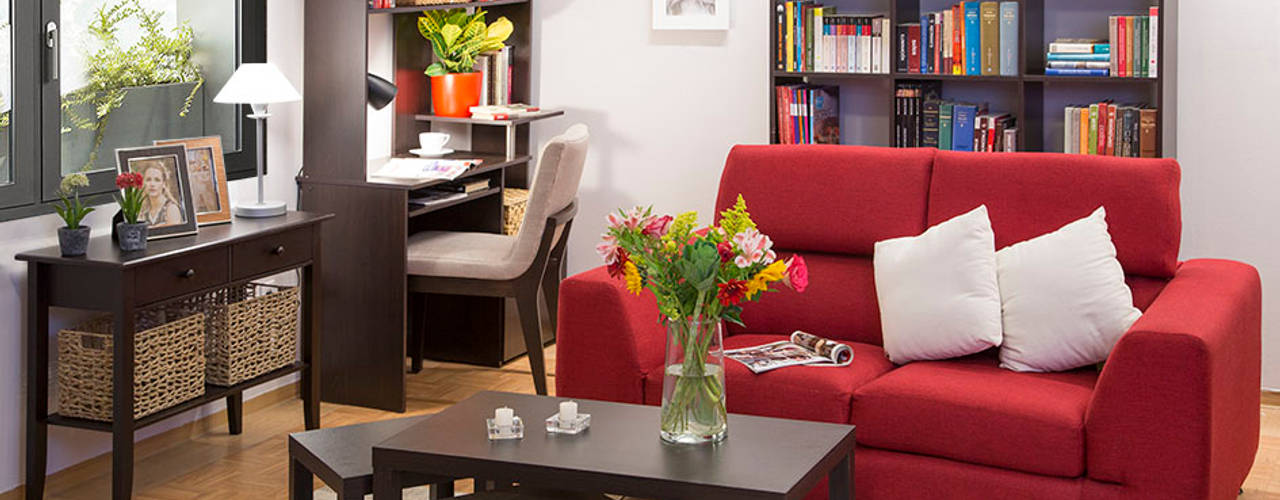






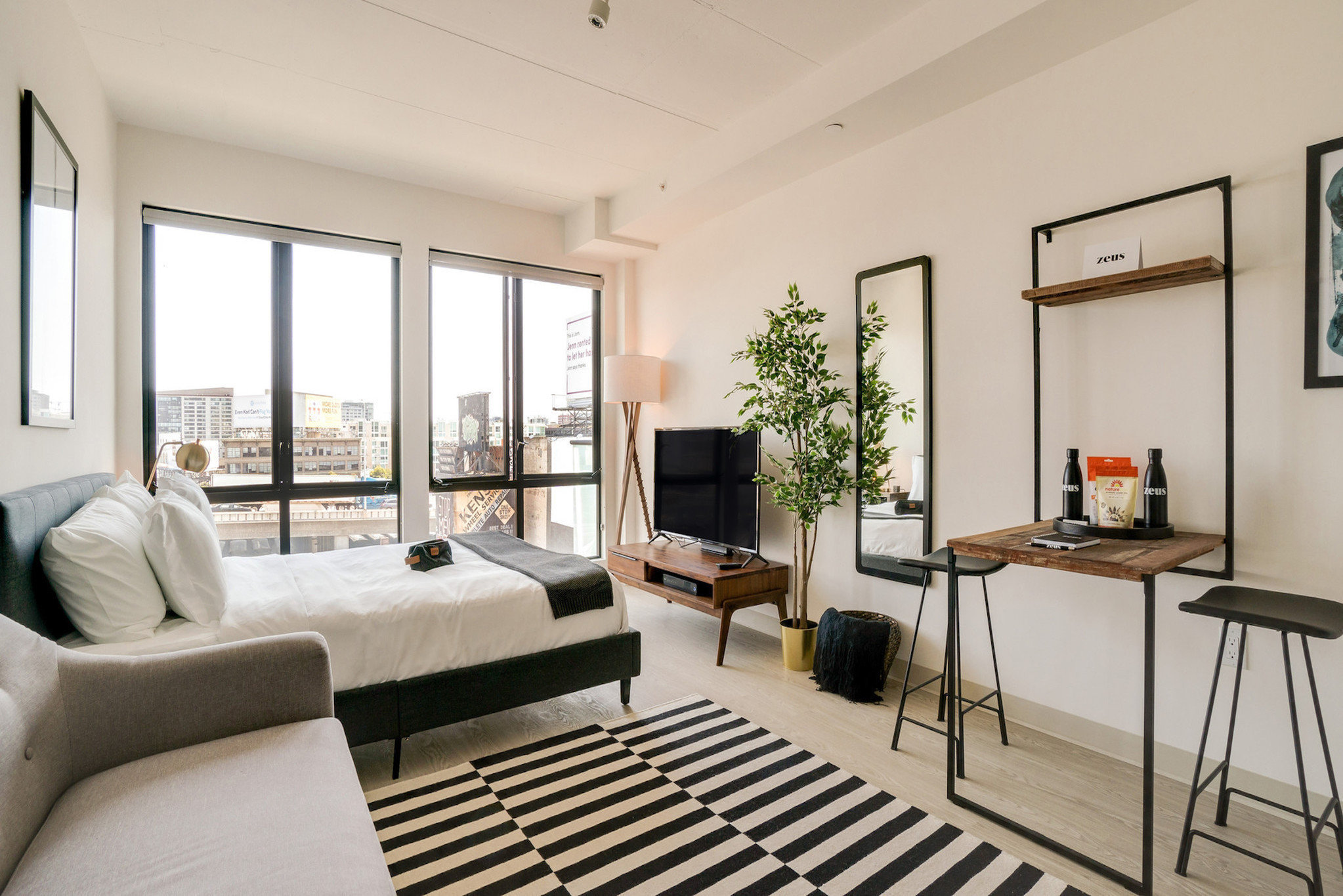


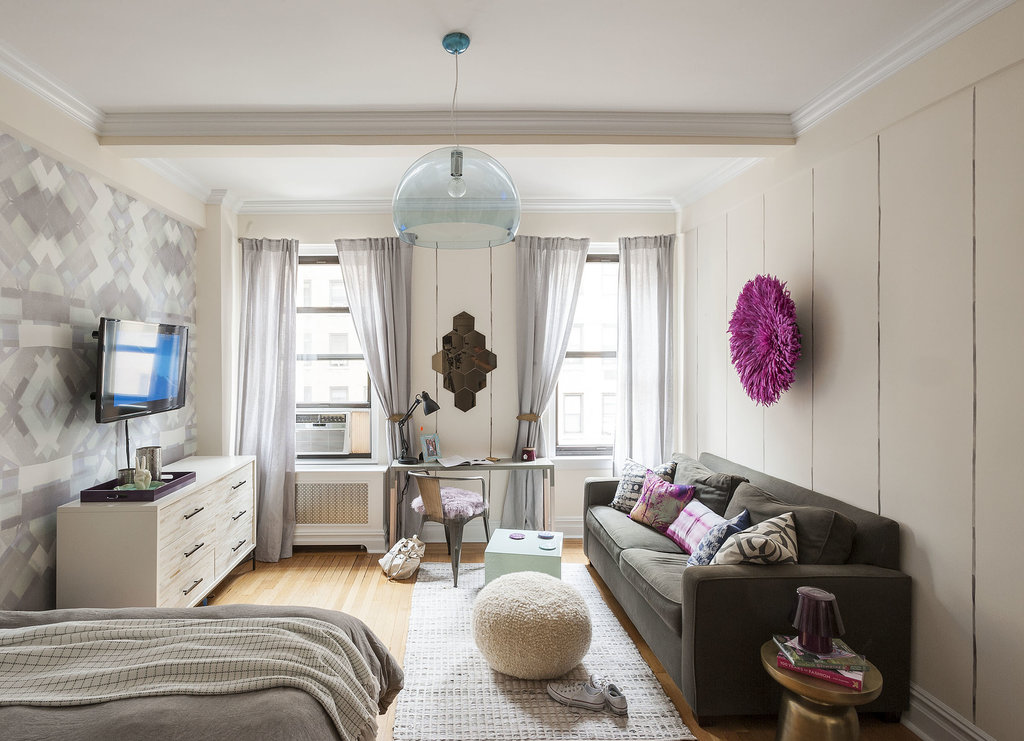
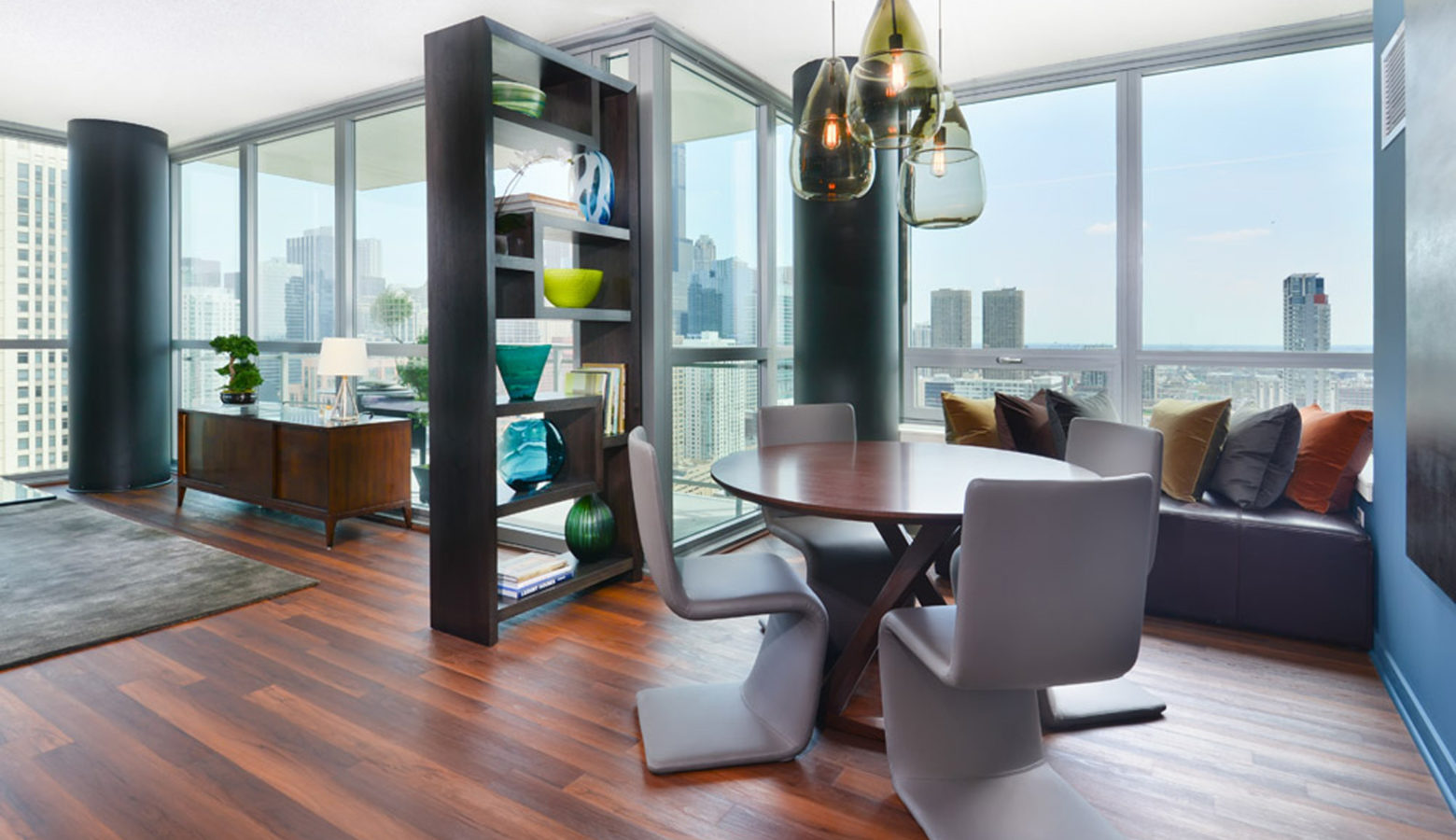
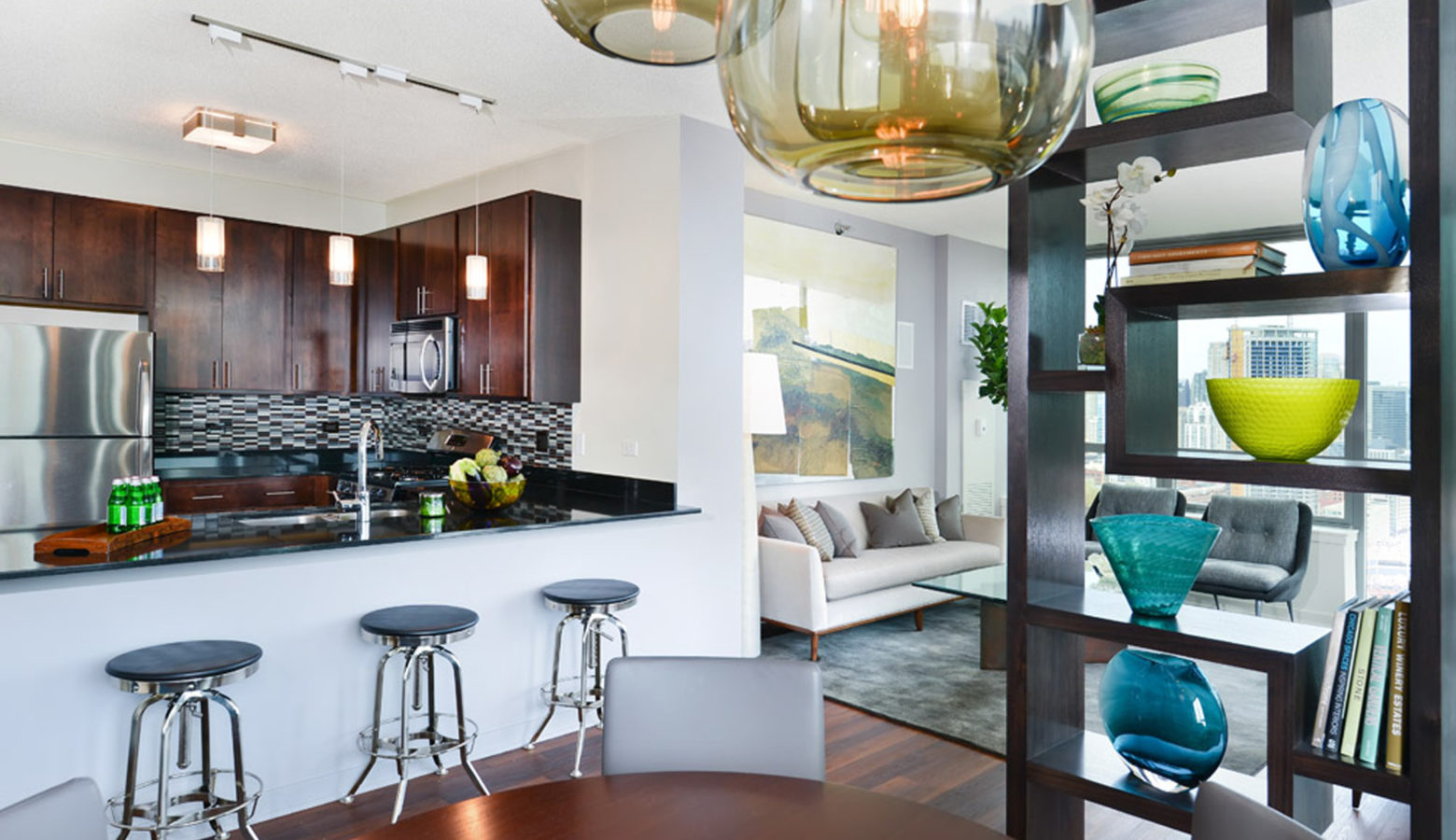






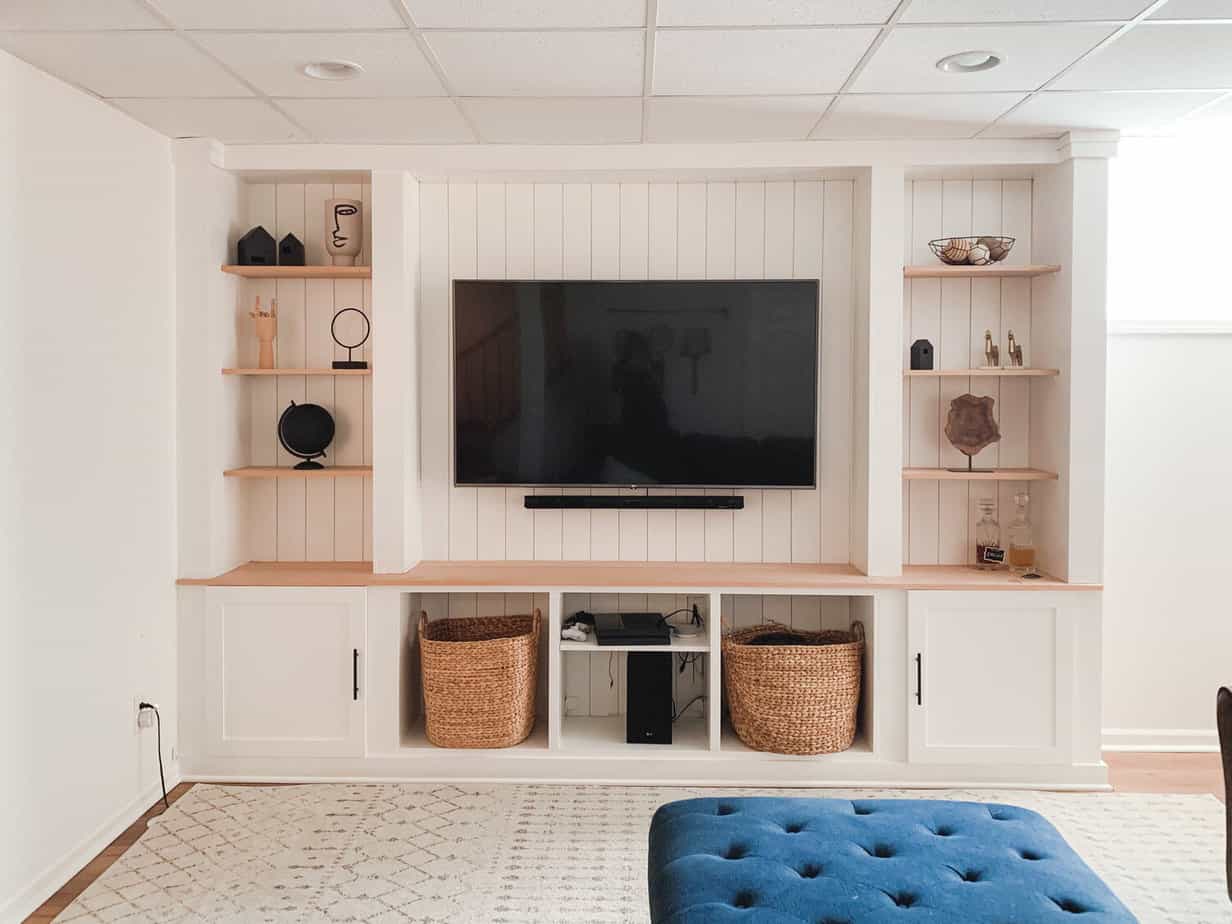



















:max_bytes(150000):strip_icc()/rules-for-arranging-furniture-2213418-01-0ce5fc6a876342d693cef4e11367d098.jpg)


/Classic-living-room-with-fireplace-582e650d3df78c6f6a861d30.jpg)



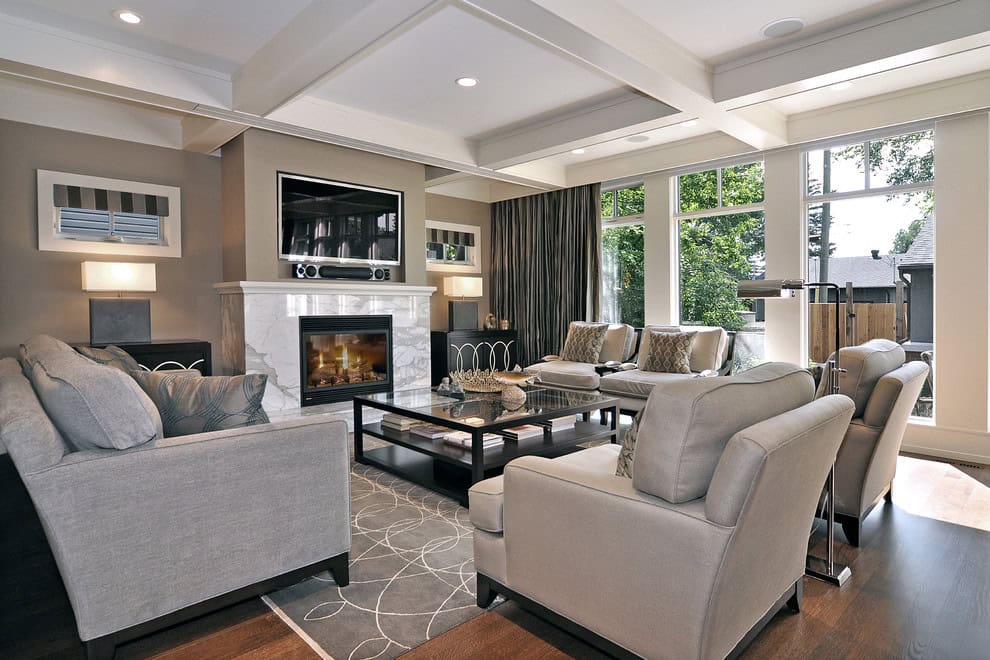


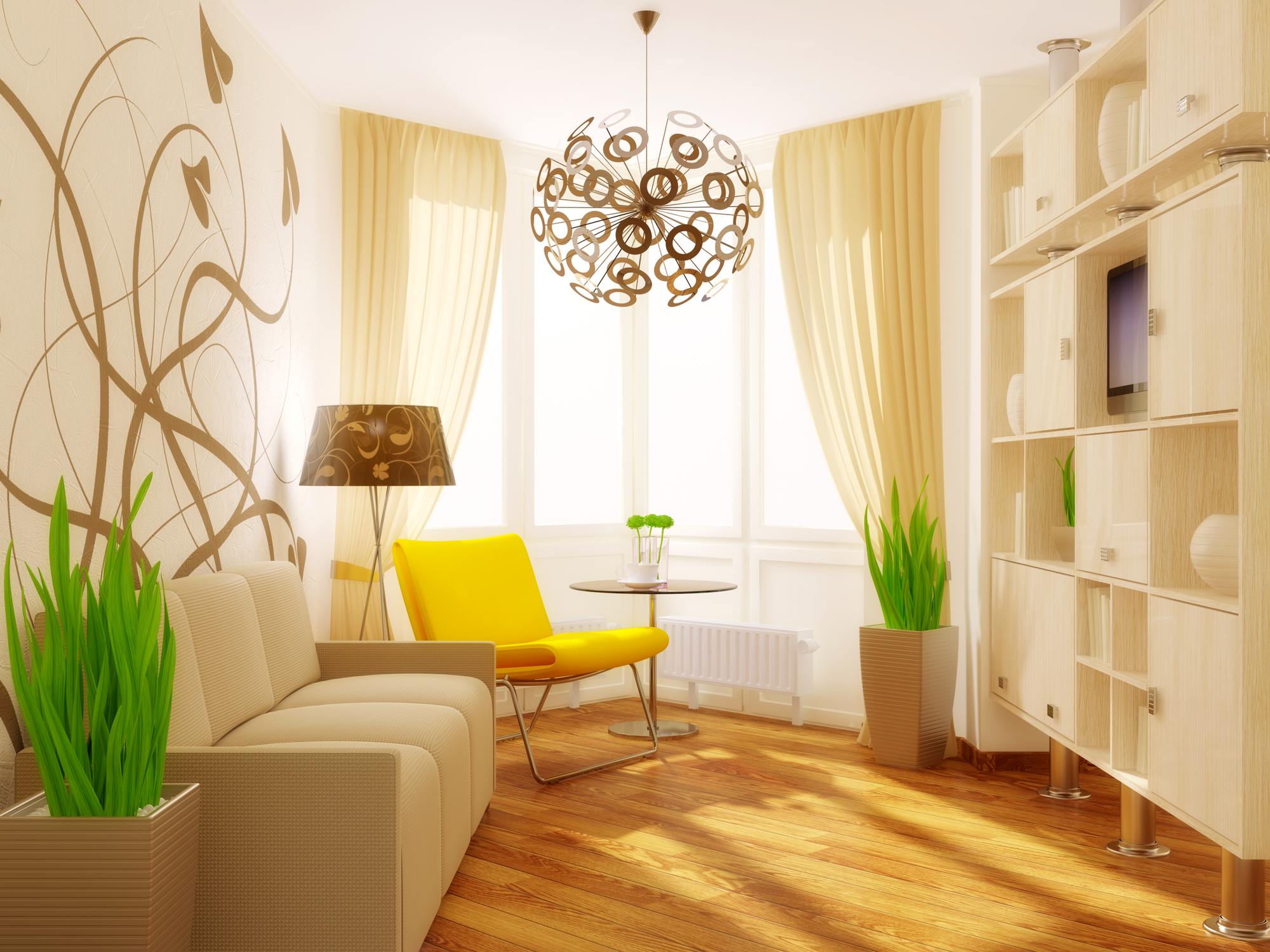
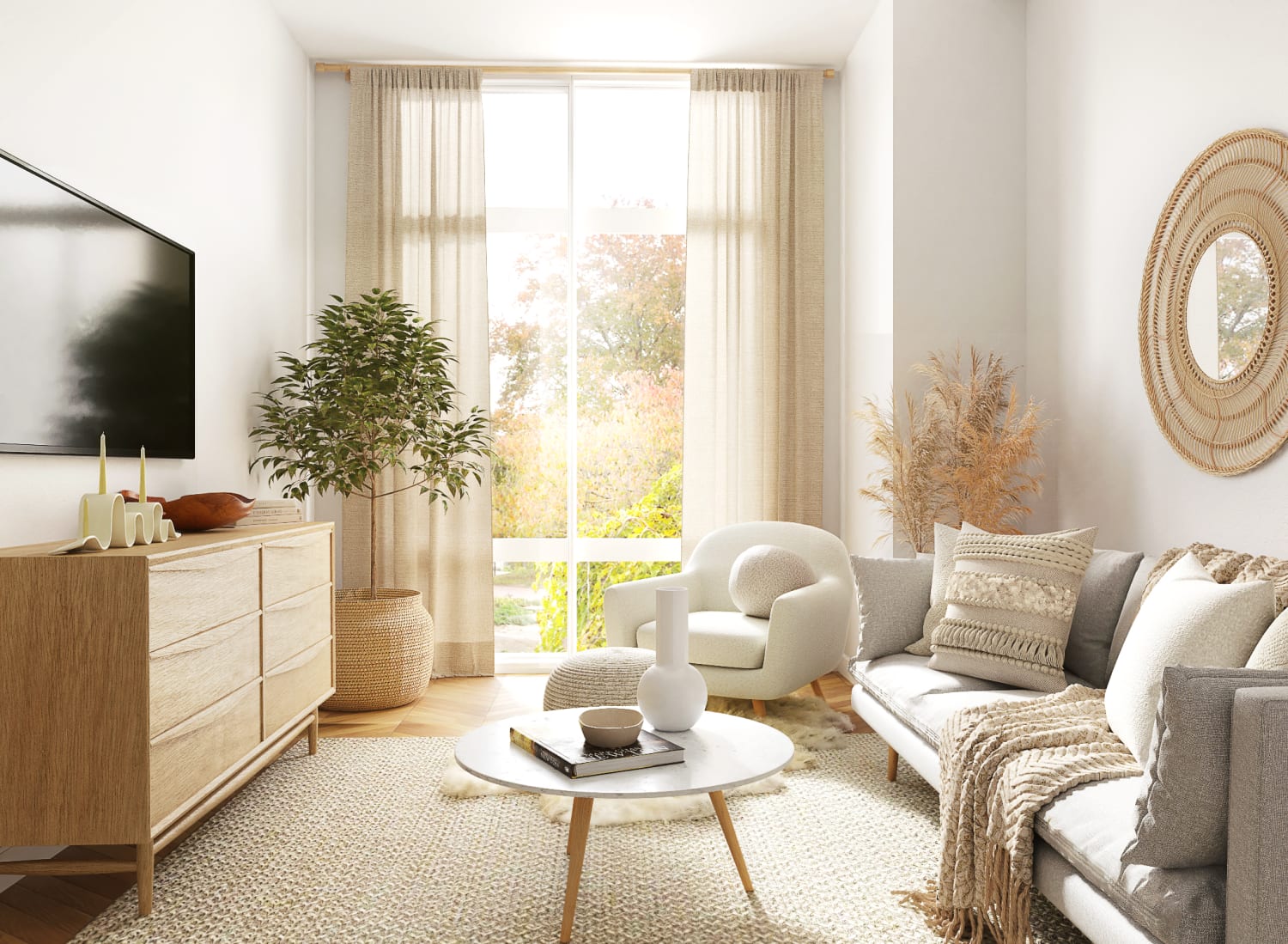

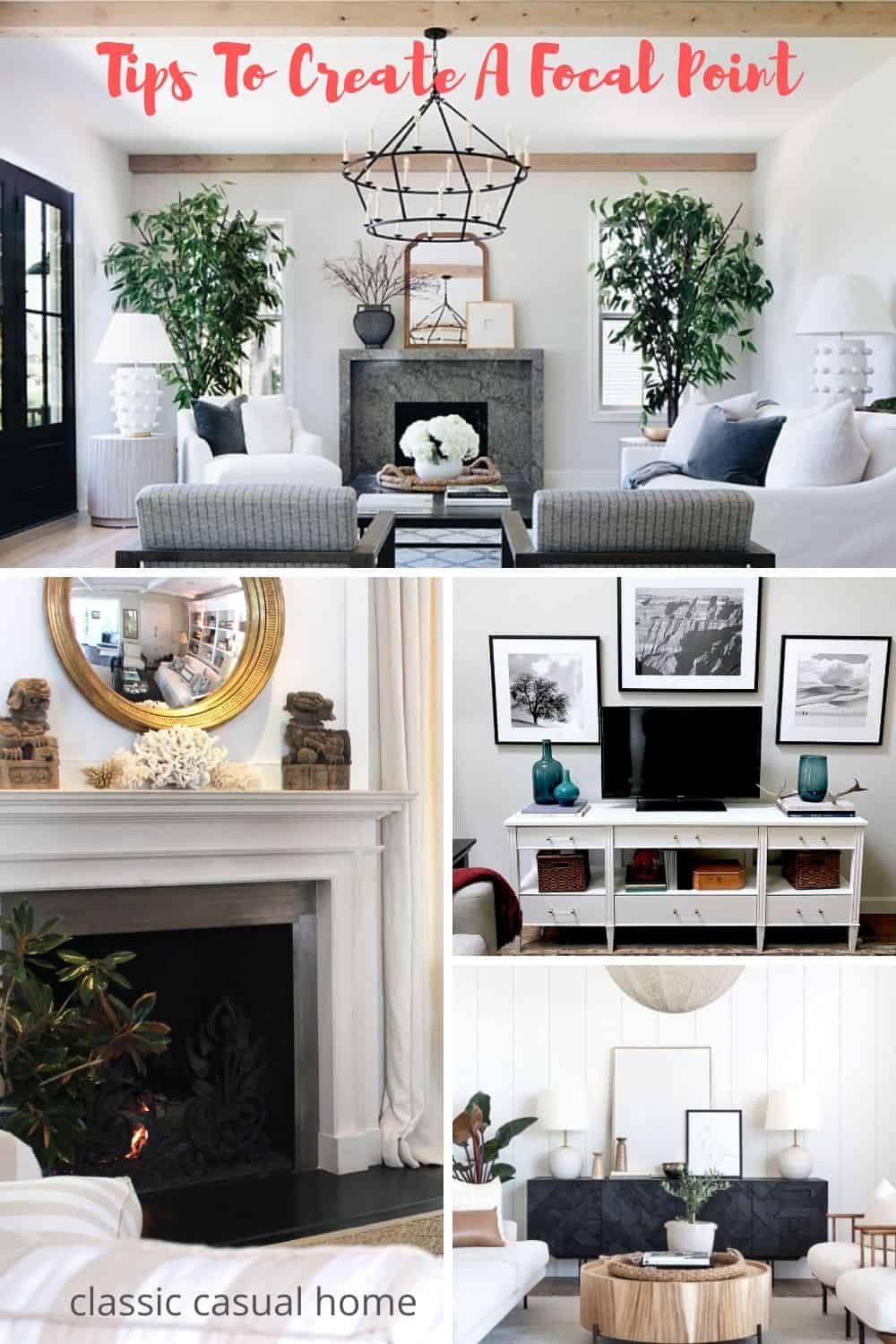




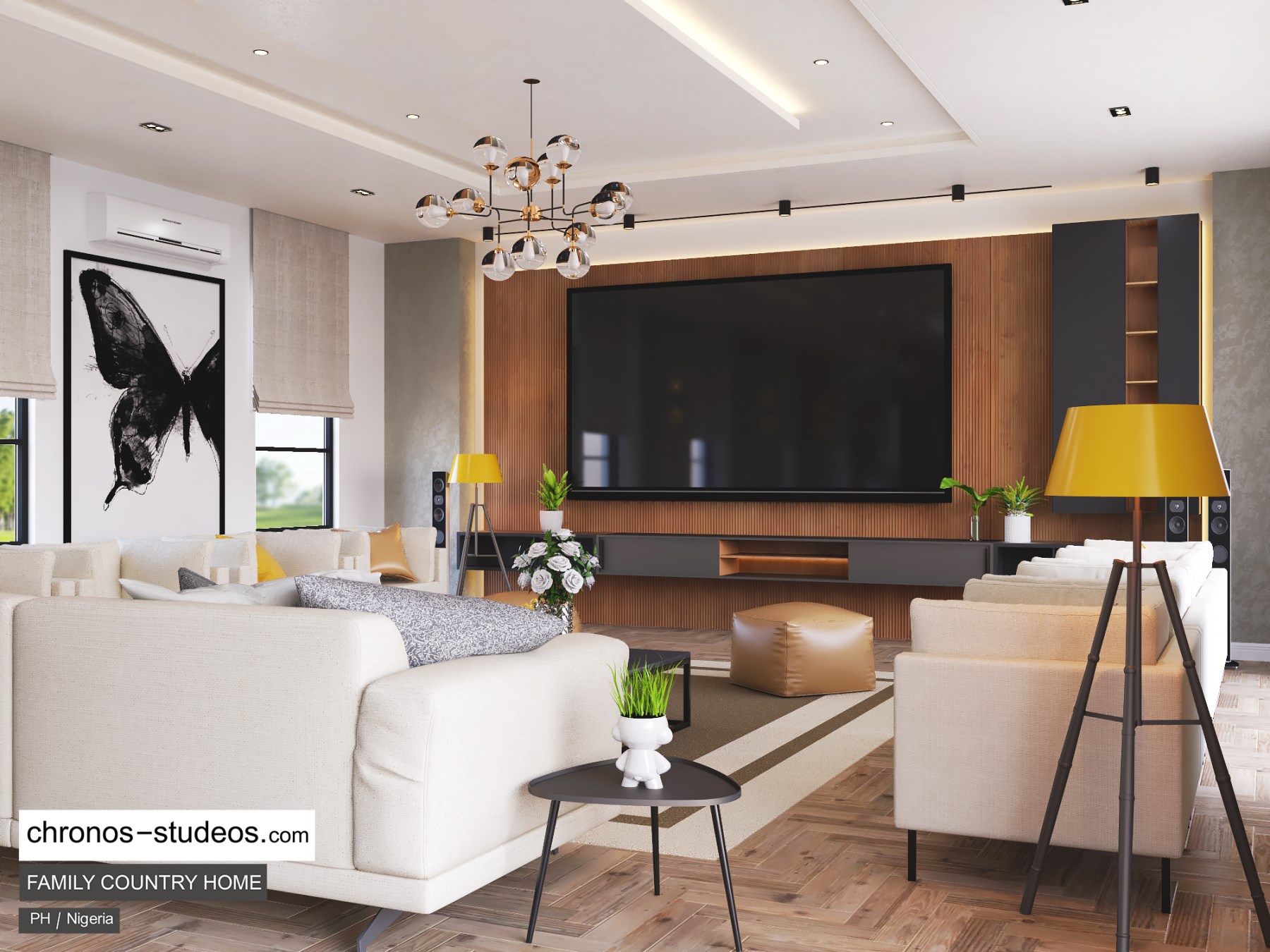
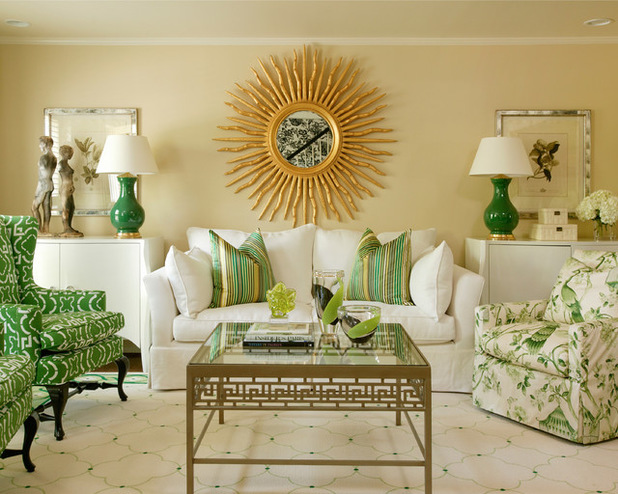
/1-fin-New-Hero-Cement-Tile-Fireplace-59f21f60d088c00010410854.jpg)

